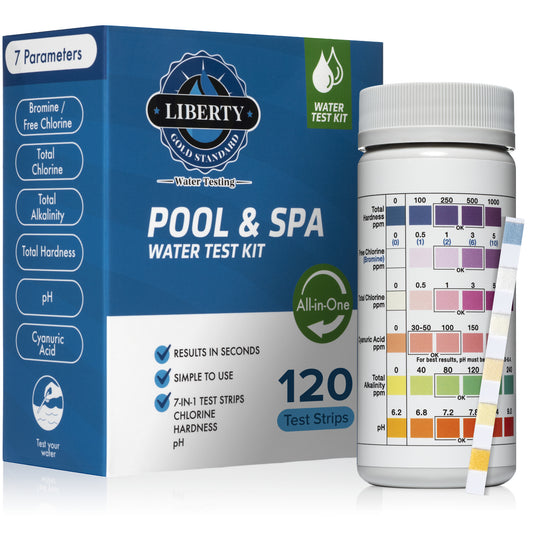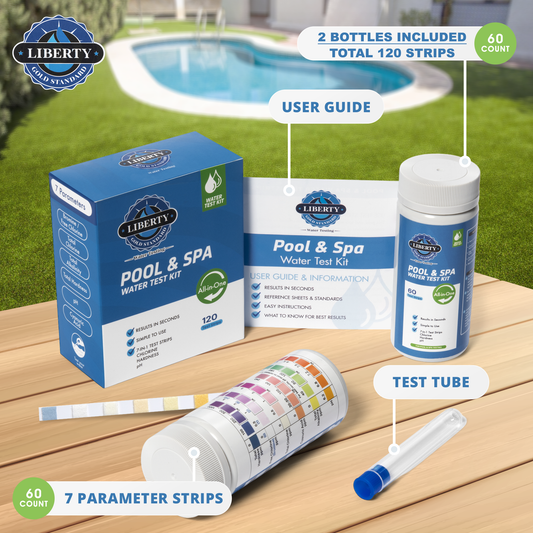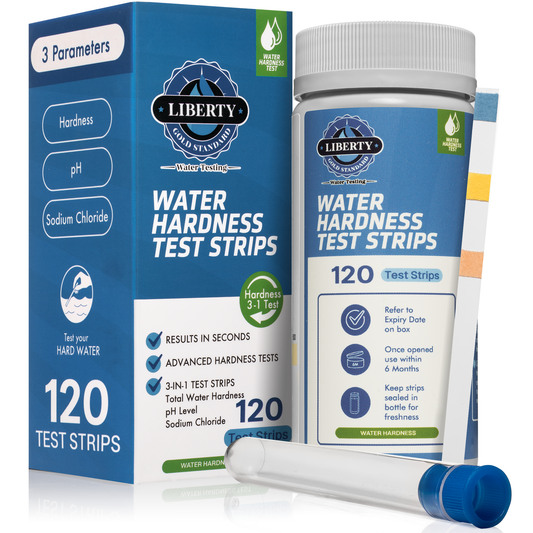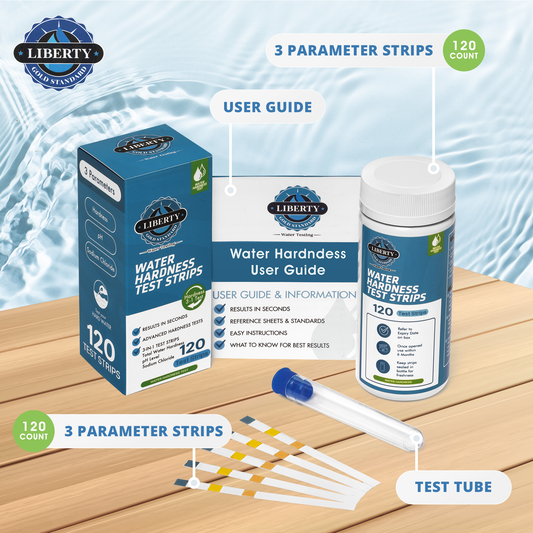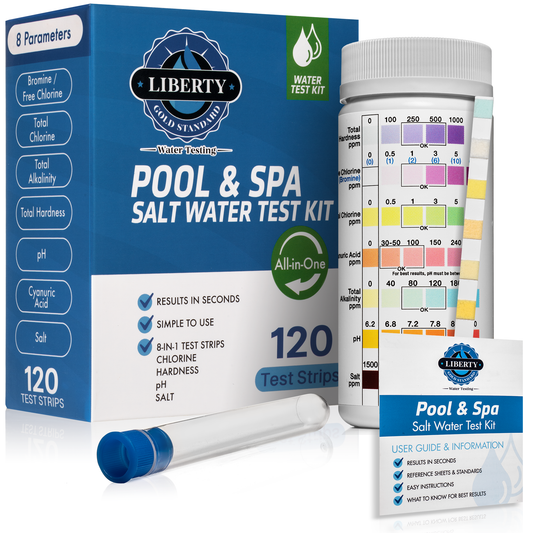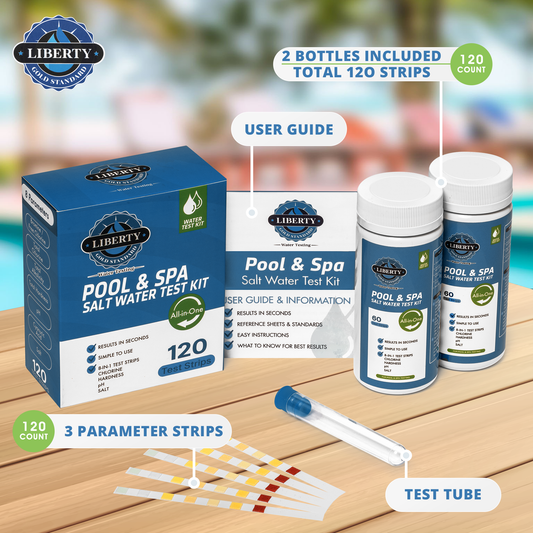We rely on pharmaceuticals to treat illnesses and improve our quality of life. But what happens to these medications after they've served their purpose? The answer is more alarming than you might think. A growing body of evidence suggests that our water supply is becoming contaminated with a cocktail of drugs, raising serious concerns about the potential health implications for humans and wildlife.
The Pharmaceutical Pipeline to Pollution
When we take medications, our bodies don't completely metabolize all of the drug. Some of it is excreted unchanged in urine and feces. These medications make their way into wastewater treatment plants, where conventional treatment processes are often unable to fully remove them. As a result, trace amounts of pharmaceuticals end up in rivers, lakes, and ultimately, our drinking water.
A wide range of drugs has been detected in water supplies, including:
- Antibiotics
- Pain relievers
- Hormones
- Antidepressants
- Cholesterol-lowering medications
Even at low concentrations, these drugs can have unintended effects on aquatic ecosystems. Studies have linked pharmaceutical pollution to reproductive problems in fish, altered behavior in amphibians, and increased antibiotic resistance in bacteria.
Researchers at York University in the UK analyzed over 1,000 water samples from 258 rivers in 104 countries, revealing elevated levels of medicinal drugs.
The Unknown Impact on Human Health
While the effects of long-term exposure to trace amounts of pharmaceuticals on humans are still being studied, there is growing concern about potential health risks. Some studies have suggested links between exposure to hormone-disrupting drugs and reproductive problems, endocrine disorders, and even certain types of cancer.
Children may be particularly vulnerable to the effects of pharmaceutical pollution. Developing bodies are more susceptible to the impact of environmental contaminants. Additionally, pregnant women may pass on contaminants to their unborn children, raising concerns about potential developmental issues.

Antimicrobial resistance is a top 10 global public health threat due to misuse and overuse, according to the World Health Organization.
What Can Be Done?
Addressing the issue of pharmaceutical pollution requires a multi-faceted approach. Here are some potential solutions:
- Improved wastewater treatment: Investing in advanced wastewater treatment technologies can help remove a greater percentage of pharmaceuticals from wastewater.
- Pharmaceutical industry responsibility: Encouraging pharmaceutical companies to develop drugs that are more easily broken down in the environment can reduce pollution.
- Consumer awareness: Educating the public about the proper disposal of medications can help prevent them from entering the water supply.
- Stricter regulations: Implementing stricter regulations on the discharge of pharmaceuticals into the environment can help protect water quality.
The problem of pharmaceutical pollution is complex and will require ongoing research and collaboration to find effective solutions. By understanding the issue and taking steps to address it, we can protect both human health and the environment for future generations.
Although home testing cannot detect all trace amounts of drugs in drinking water, Liberty Gold Standard offers a solution that can test for 17 different parameters, including bacteria. Keep your family safe with these straightforward home tests for fast results.
Use promo code "Gold20" at checkout and receive 20% off any purchase.







